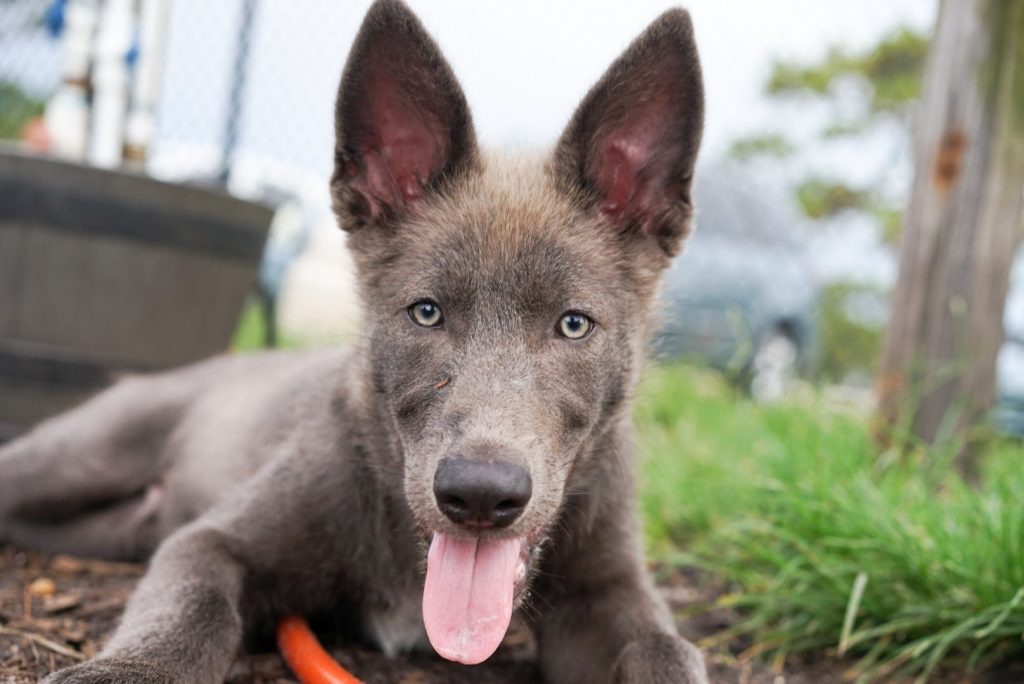Flying with Your Pet: How to Navigate Airline Pet Policies and Make Your Trip Stress-Free

Chances are, if you fly a decent amount, then you have seen a furry four-legged friend on your flight before. In some cases, you may be looking at the back of their tails wagging from the first class! Whether you have a cat or a friendly puppy, sometimes we don’t want to leave them behind when we travel. And you don’t have to!
But traveling through an airport and on a plane with a pet can seem stressful for some. But when you understand the airline pet policies and follow these tips, it’s no sweat! Please keep in mind the policies will change from time to time, so please check the airline’s website for up to date requirements.
Comparing Major U.S. Airline Pet Policies
Let’s just take a brief overview of some of the most common pet policies among major U.S. airlines.
American Airlines
● Small cats and dogs can fly for a fee of $125 in the main cabin.
● Reservations are required because only a limited amount of space is designated for this.
● This applies to most flights that are under 12 hours long, including places like Canada, Central America, and some islands off of the U.S.
● Large animals can fly where the bags are kept, with fees subject to change based on the flight. This is on a first-come, first-served basis.
● You can only check up to two pets per flight.
Delta Airlines
● Delta also allows for small dogs, cats, and birds to fly cabin within the U.S. for a $75 fee. If you fly outside of the U.S., the fee is $200, with the exception of Brazil.
● Any other type of pets must be arranged with Delta Cargo. As of today, Delta is not accepting pets in cargo except in special circumstances.
● Reservations are required
Jetblue
● Jetblue’s pet program is called JetPaws! You can have small dogs and cats on domestic and international flights for $125 each way.
● The pet weight can not weigh more than 20 pounds in combination with its carrier.
● Reservations are required in advance.
● Jetblue does not fly any animals in cargo.
Southwest
● Small cats and dogs are able to fly in-cabin on domestic flights for a fee of $95.
● Reservations are required as only six pets can fly on one plane at a time. And a customer may have a limit of one pet.
● Southwest does not fly animals in cargo.
Spirit Airlines
● Dogs, cats, birds, and rabbits are all able to board Spirit Airlines. They can fly domestically in-cabin for $110 each way.
● The weight of the carrier and the animal cannot exceed 40 pounds.
● Reservations are required.
● Spirit does not fly animals in cargo.
United Airlines
● For $125, your cat or dog can join you in the cabin on most flights within the U.S.
● Any layovers that are more than four hours require an additional fee of $125.
● United requires that pets have reservations and that owners check in with a customer representative for a special yellow tag that gets put on the carrier. United is currently not accepting pets in cargo.
How Far In Advance Should I Plan Travel With My Pet?
Pet policies across the board are relatively similar from airline to airline, with a few distinctions here and there. But all of them require a little bit of planning. It’s a good rule of thumb to book as soon as you can to avoid plenty of time for planning. Some airlines require as little as 48 hours before a flight.
Always Call The Airline
It is always a good idea to call the airline directly when booking a flight. The reason for this is that some airlines may require additional documentation. The most common documentation asked for is called a health certificate. This takes some time to get if you have to make a visit to your vet to ensure your pet is healthy for travel.
It’s also a good idea to talk to the airline about pet relief areas where they can go to the bathroom. With this in mind, it brings us to our next point about arriving with plenty of time for your pet.
It is very important that you DO NOT sedate your pet. The airlines might reject your pet if you do.
More Importantly, Arriving At the Airport
Airlines will recommend that you arrive at the airport at least three hours prior to departure with your pet. Cutting it close with a pet can lead to a handful of issues and, worse, stress your pet out. They may need time to adapt and feel comfortable in the airport. This also gives your airline some time to check in your furry friend properly.
A Visit With the Vet For First Timers
While it’s not always necessary to make a visit to the vet, it is not a bad idea says vet techs at Bond Vet as it can help pets that may encounter anxiety for the first time. And they can help you as an owner to handle it if this occurs. And while some airlines may not require you to have a health certificate, it is always a good idea to make sure your pet is good to go for your own well-being.
Asking a veterinarian also is easier today than ever. While it’s good to bring your pet in, you may be able to do a consultation online or over the phone to ask some of the more basic questions. Virtual appointments are one benefit (if any) of the pandemic.
Mini Trips to Prepare Your Pet
It’s not a bad idea to take your animal on a mini-trip in the car to get them used to be out of the normal surroundings. Some animals do better with this than others. And just keep in mind that cars are incredibly different than pets. But it can give us some indicator of how much stress they may experience during travel.
Seeking Help Is The Way To Go
The best way to travel smoothly with a pet is to seek help from professionals. This includes primarily the airline you plan on flying with and also with the vet. Even for those who have flown a number of times, checking in can avoid unnecessary issues when arriving at the airport. The pandemic has changed some regulations for airlines, so keeping up to date is key. Of course there are always services which will do the whole move for you, such as Petmovers.com.
Last but not least, try to bring as much comfort to your pet as you can. Bringing along favorite toys and treats for your pet can make them feel comfortable on the go. Treating your pet like a small child is the best approach. Plus, they may just help you destress during travel as well!




